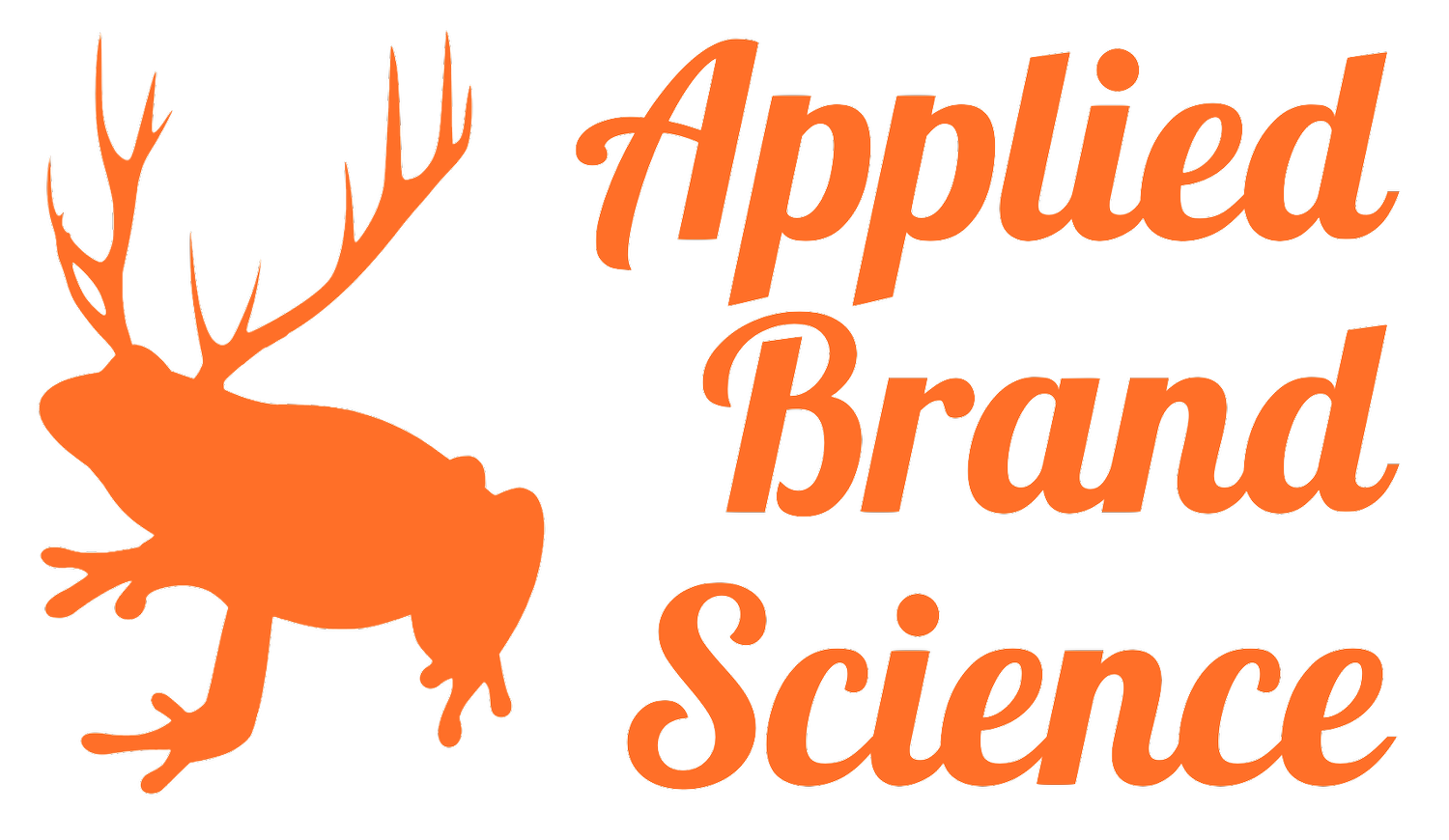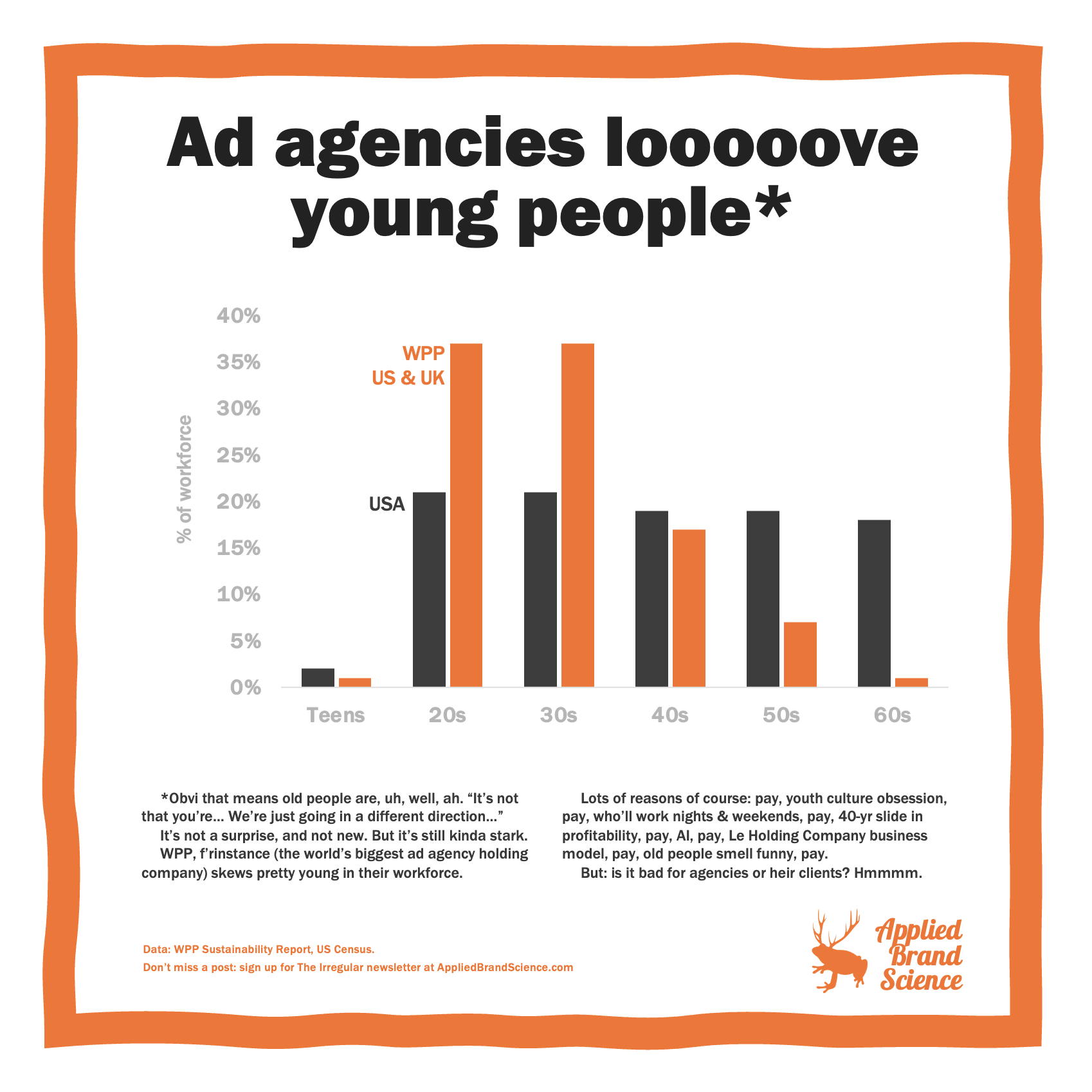
Do platforms “own” their users?
TL;DR: Nope.
As a sequel to last week’s post (Do brands “own” their buyers?), here’s another set of cross-usage data. This time for social media.
We like to think we “own” our users. Or that “our” users are totes not like “their” users. Pinterest vs LinkedIn. Facebook vs Snapchat.
But it’s more complex than that.

Do we “own” our customers?
We often like to think we “own” our customers.
That “our” buyers are totes not like “their” buyers.
Coke vs Pepsi. Coach vs Chanel. Home Depot vs Lowe's.
But it mostly ain’t so.

How Much Do Ad Agencies Love Young People?
*Obvi that means old people are, uh, well, ah.
“It’s not that you’re… We’re just going in a different direction…”
(I can neither confirm nor deny whether this is a real quote spoken to me.)

How much organic food do people rilly buy?
Like, do “organic people” spend all their money on organics? What’s the ‘share of wallet’ for organics?
An analysis of purchase data for 8,000 German households found that only 4% of homes spent 20% or more of their food budget on organic food.
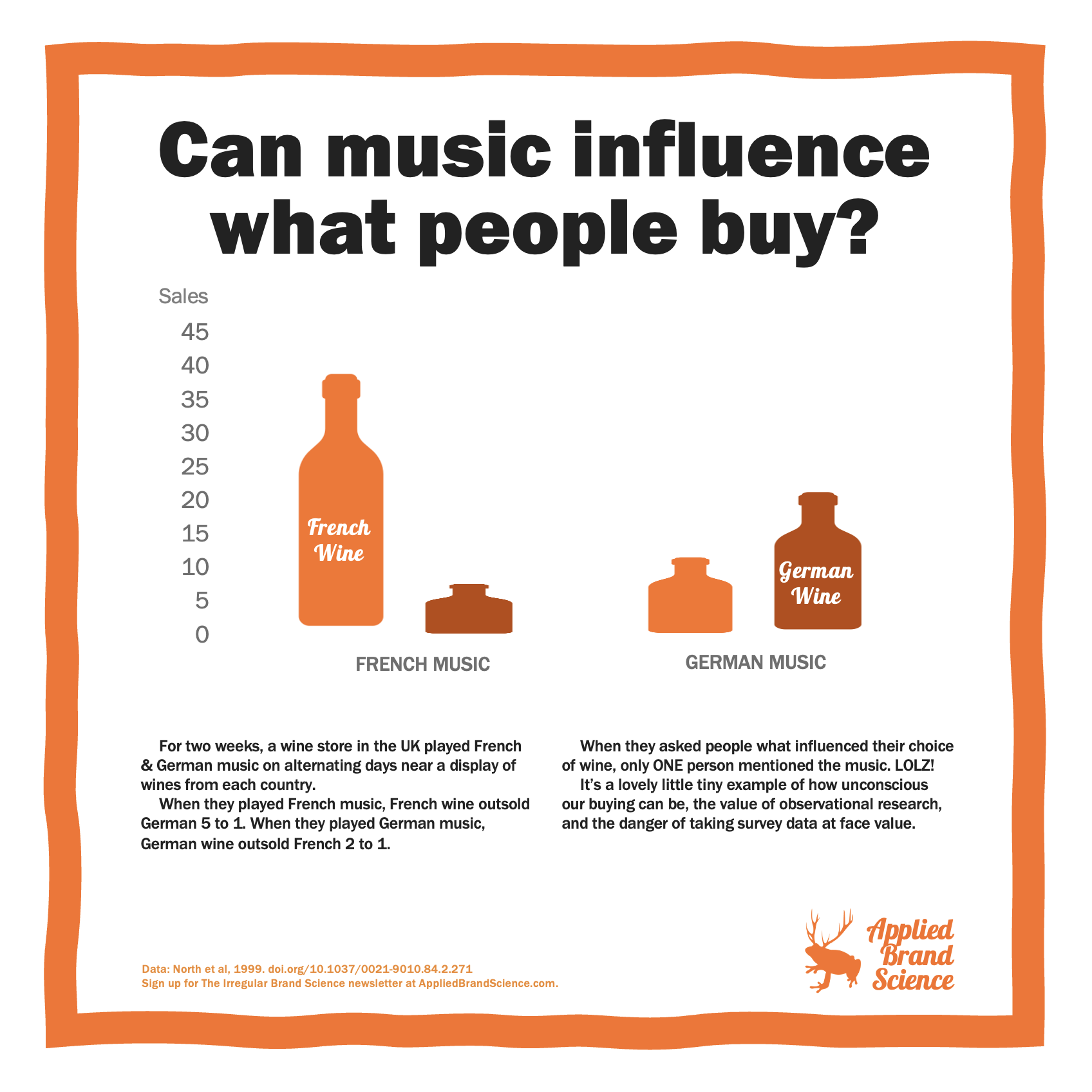
Can music influence what people buy?
Like, can music subtly or subconsciously change people’s behavior?
For two weeks, folks from the University of Leicester did a little field experiment.
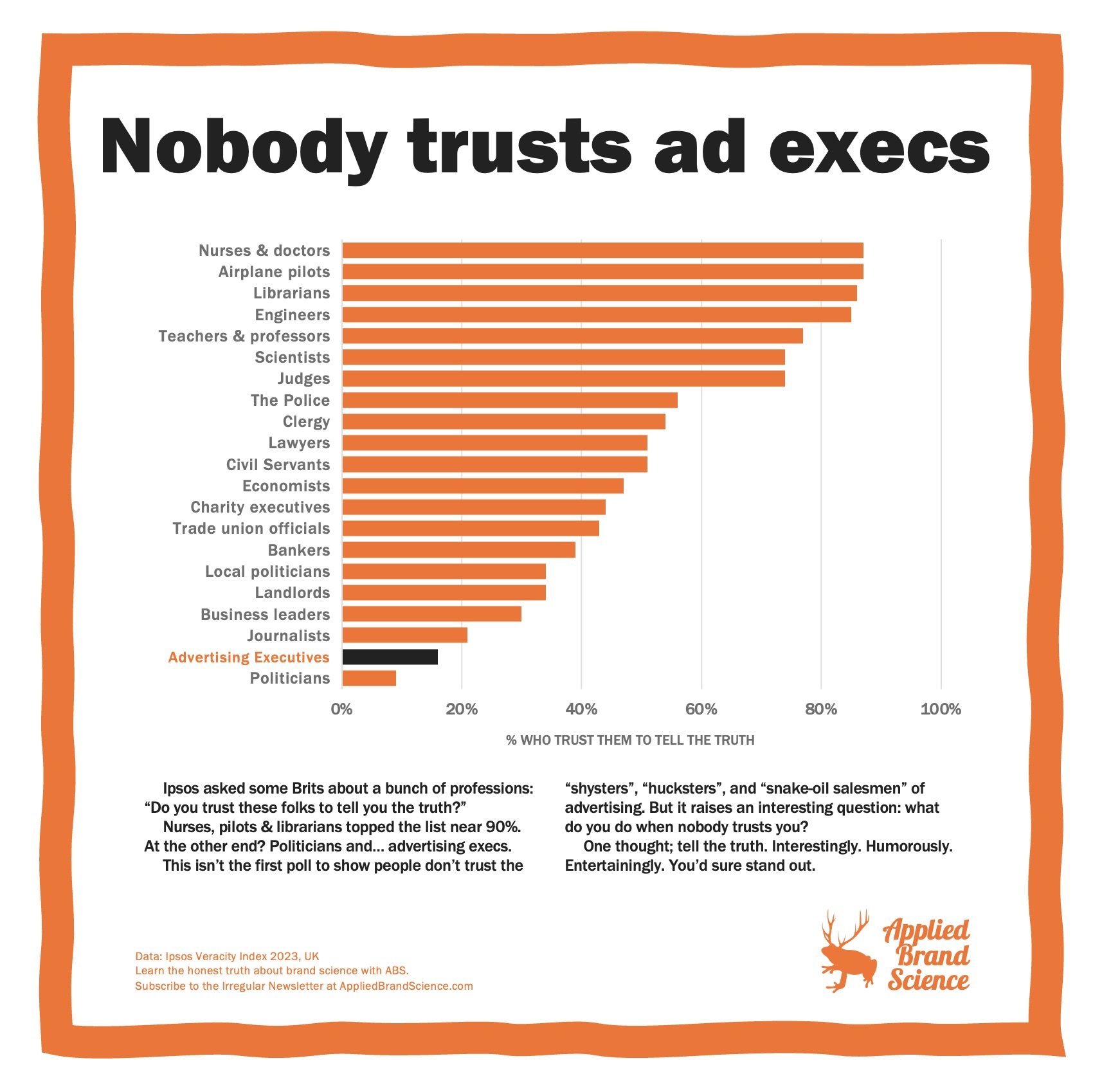
What do you do when no one trusts your profession?
Ipsos asked 1,000 British adults about a bunch of professions.
For each one, they simply asked, “tell me if you generally trust them to tell the truth or not.”
At the very bottom? Advertising Executives.

What happens when AI eats its own tail?
The big LLMs (ChatGPT, Midjourney, Stable Diffusion, etc.) are trained on massive piles of scraped “public” data.
(Btw: “Paging the Copyright Cops.” I mean, wtf!)
A couple of new studies show that when AI starts training itself on its own AI-generated output, results degrade until it’s just craptastic gobbledygook.
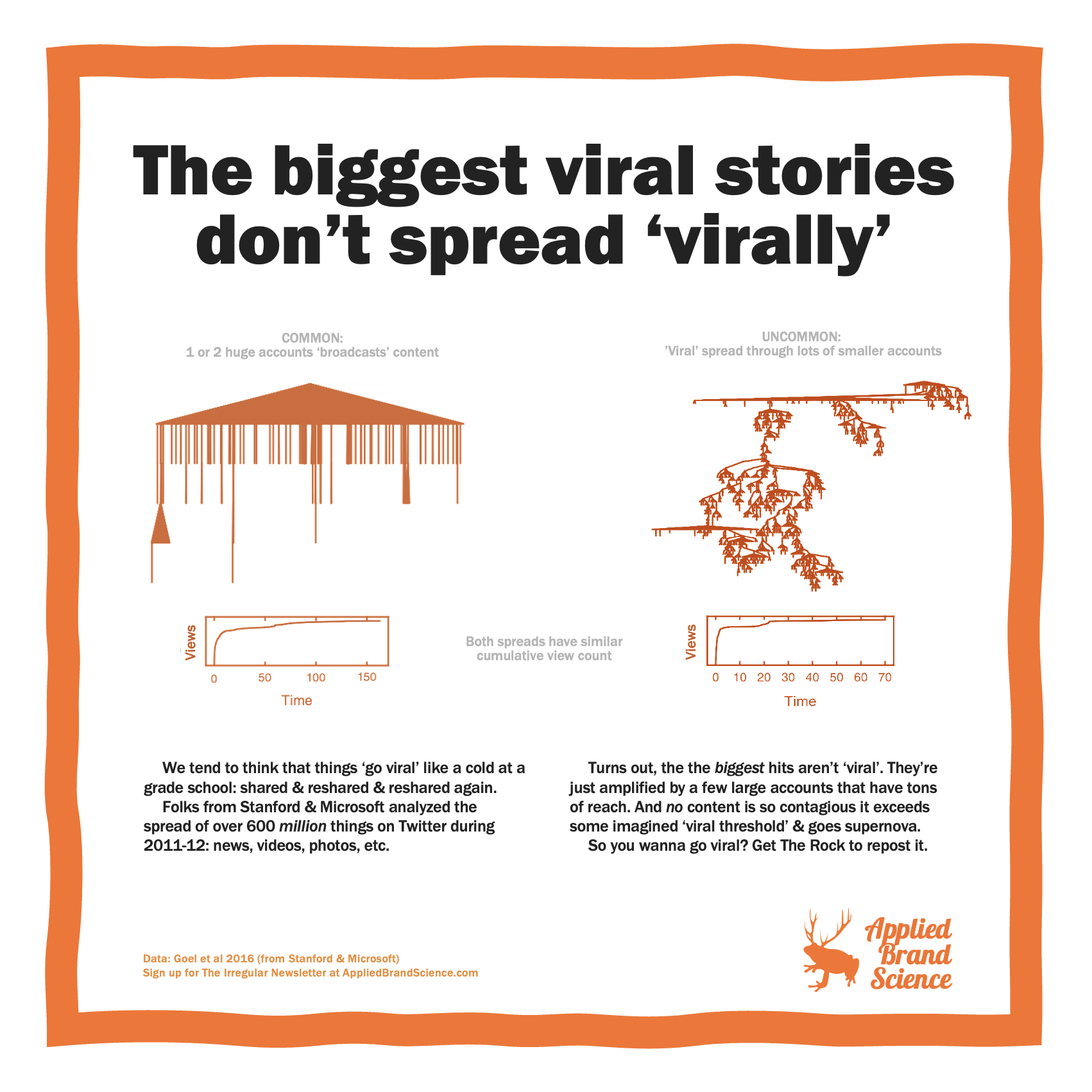
How Do Things Actually“Go Viral?”
Folks from Stanford & Microsoft analyzed the spread of over 600 millllllion things on Twitter during 2011-12: news, videos, photos, etc.
Turns out, the the biggest hits aren’t ‘viral’.
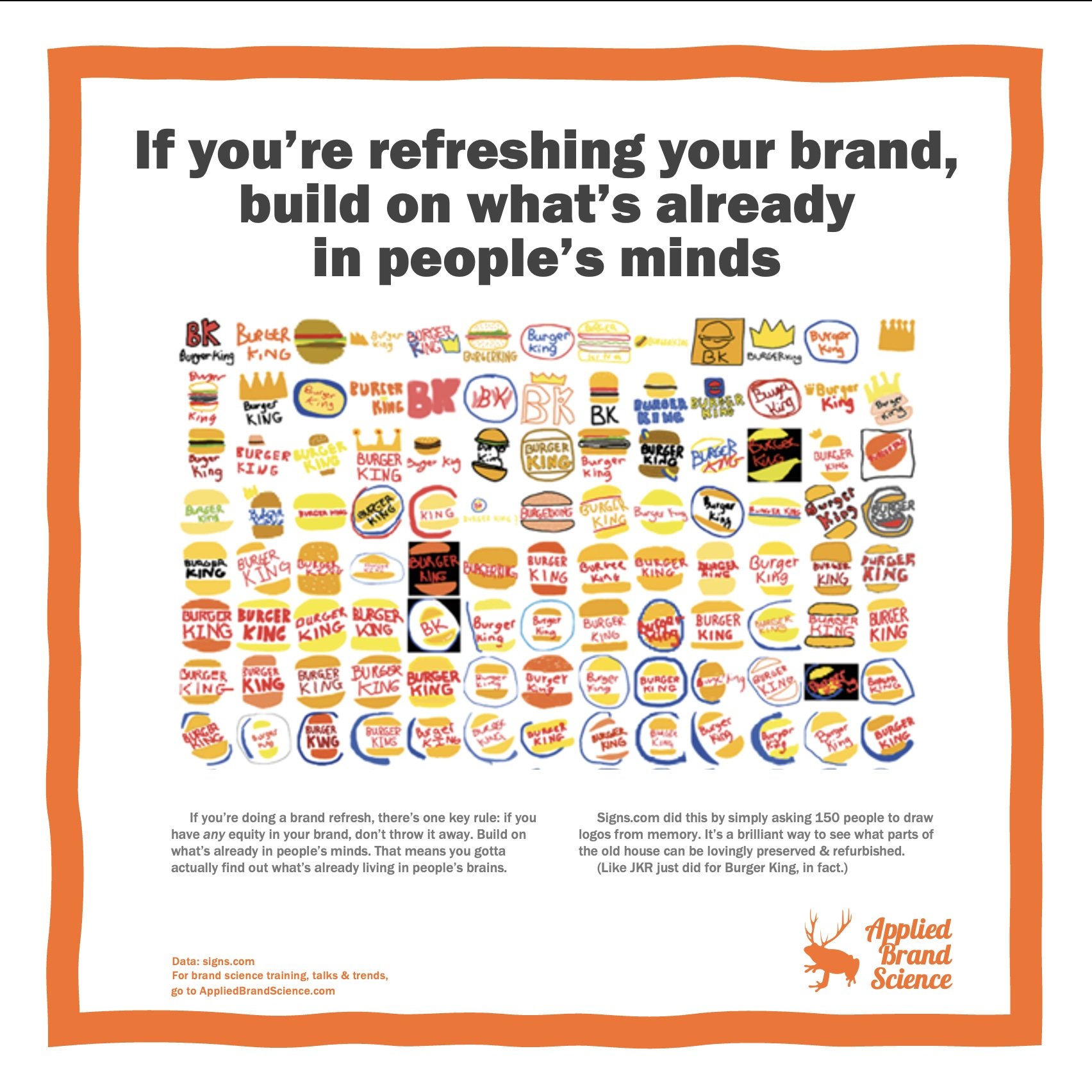
Are you dead-set on refreshing your brand?
If you’re doing a brand refresh, there’s one key rule: if you have any equity in your brand, don’t throw it away.
Pleeeeeease.
Instead, build on what’s already in people’s minds.
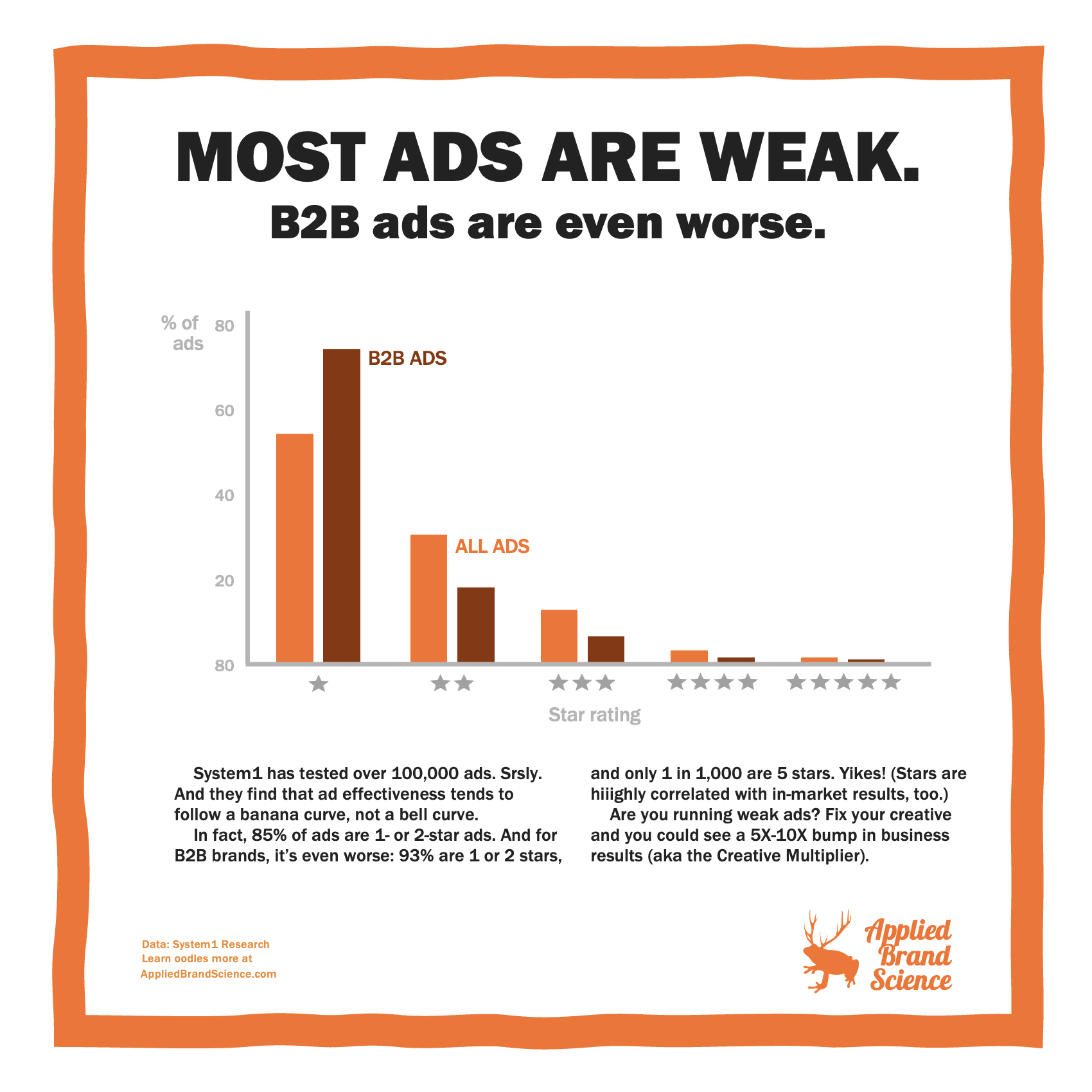
Are you tracking trends for long enough?
Covid changed everything. Except when it didn’t.
F’rinstance, weekly new business applications in the US are now up 40% vs pre-pandemic. And that number doesn’t look like it’s going back down.

How bad is the “average” ad?
How bad is the “average” ad?
Turns out it’s, uh, pretty bad.
And it’s even worse for B2B brands.

Did “Got Milk?” Got Sales?
The “Got Milk?” campaign is famous, lauded, & iconic.
Nearly 300 celebs participated over 2 decades. Even Yoda had a milk mustache in ‘99.
But did it work? “Look at the data, you must.”
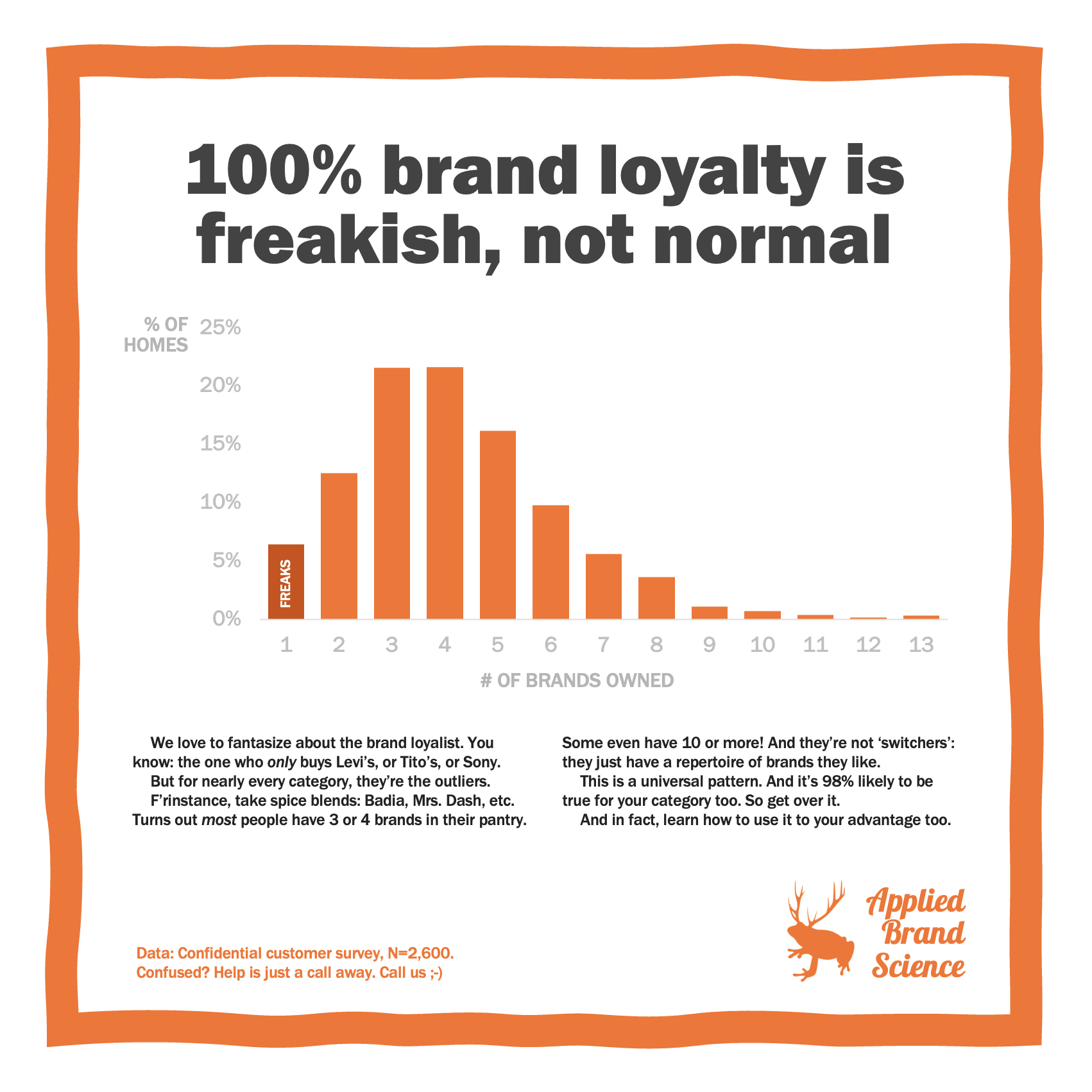
Is 100% brand loyalty normal or freakish?
We love to fantasize about the brand loyalist.
You know: the one who only ever ever exclusively buys Levi’s, or Tito’s, or Sony. (Sony’s?)
But for nearly every category, they’re the outliers. They’re the freaks.
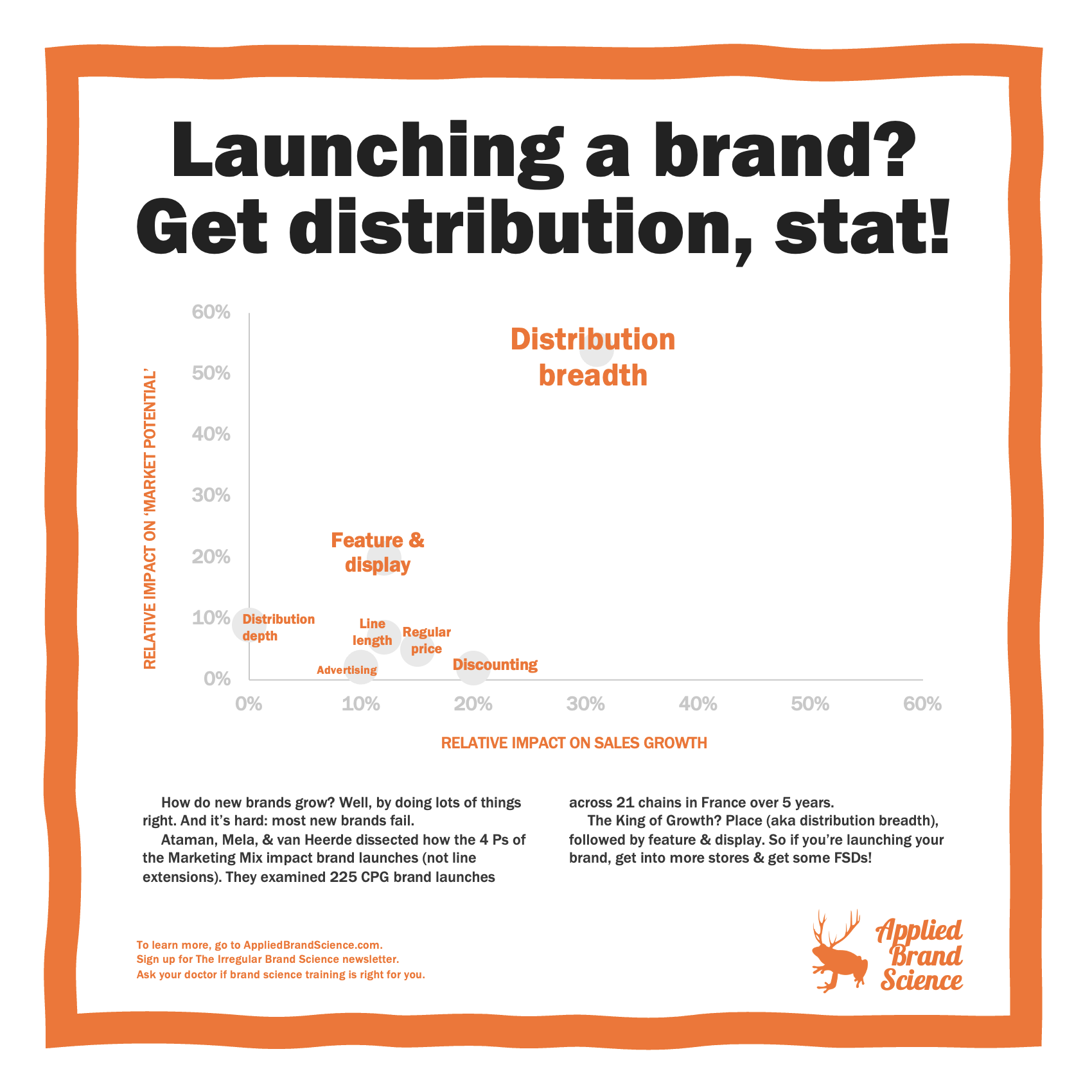
What helps new brands grow the most?
Launching a new brand is harrrd. And most new brands fail.
But of all the things you can do, what drives growth the most?
Ataman, Mela, and van Heerde dissected how the 4 P’s of the Marketing Mix impact brand launches (not line extensions).

Do people know about your cause marketing program?
All 87 of these popular brands DO have cause marketing programs. Some are long, well-established programs & campaigns.
But DoSomething Strategic polled 1,900 people aged 13-25 & found out that most of The Kids — don’t forget, “they buy based on values!” — have no clue.
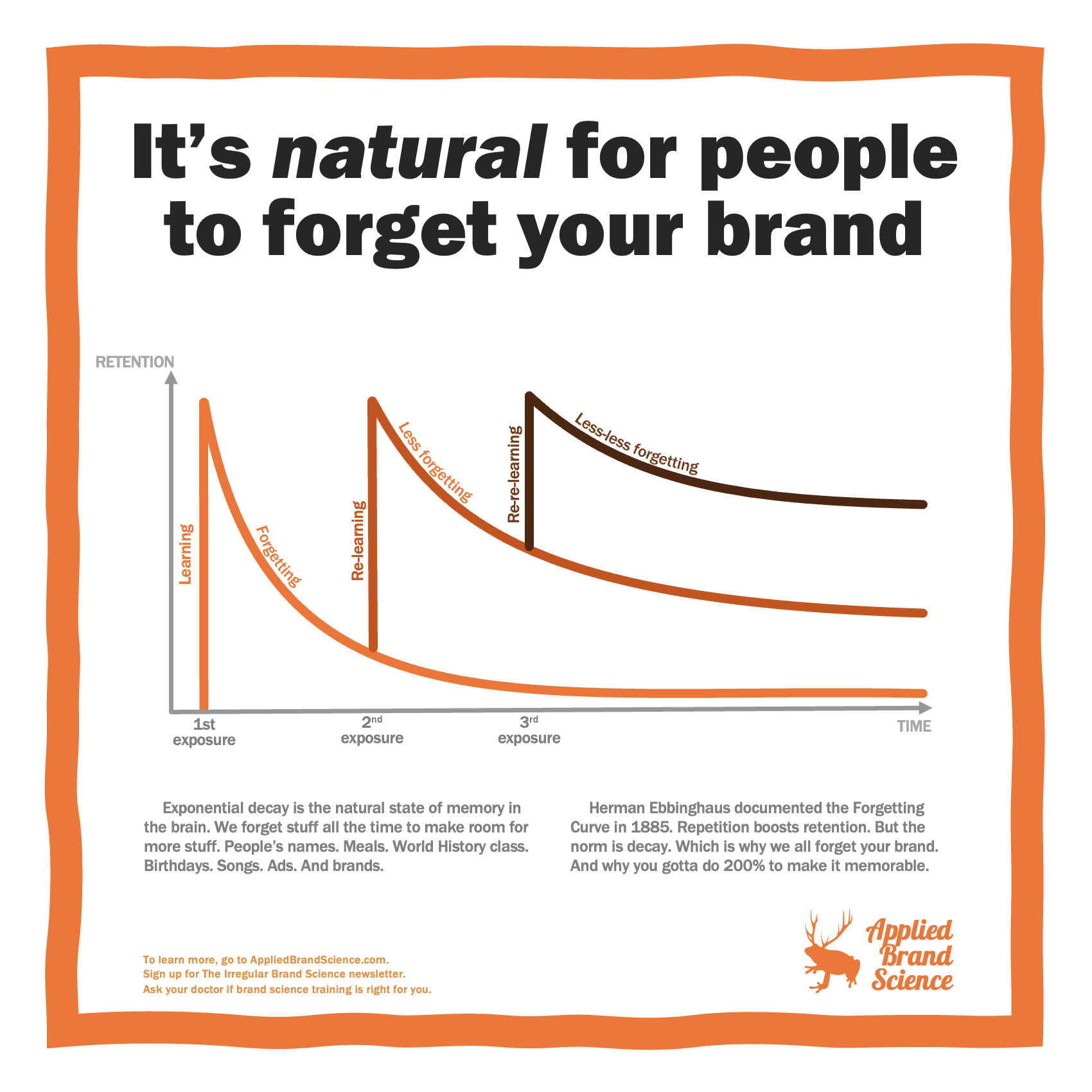
Why do People Forget About Your Brand?
This is essentially the first Law of Brand Science: you’re trying to get people to buy your brand, and the first hurdle is, they can’t even remember where they put their keys, much less remember your brand.
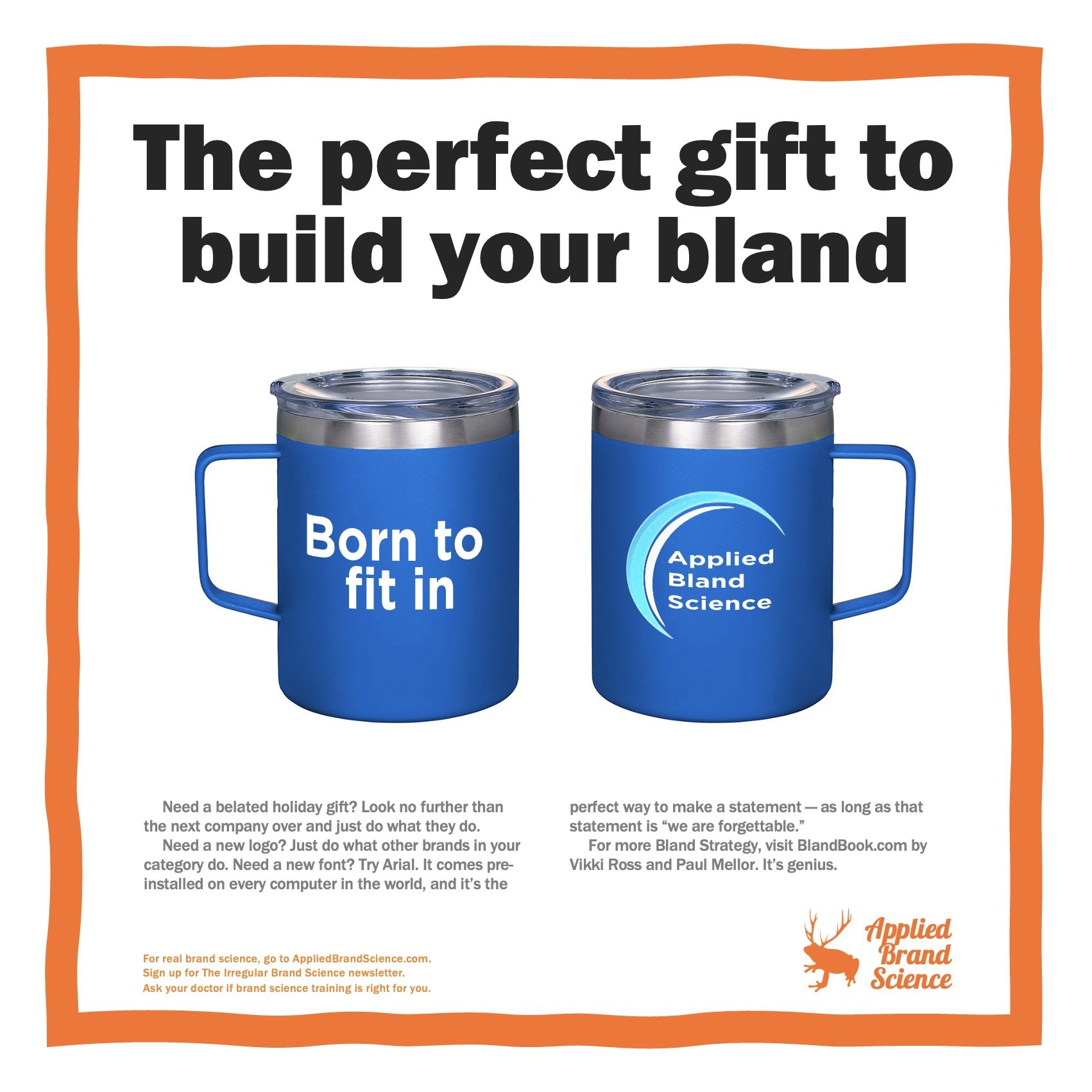
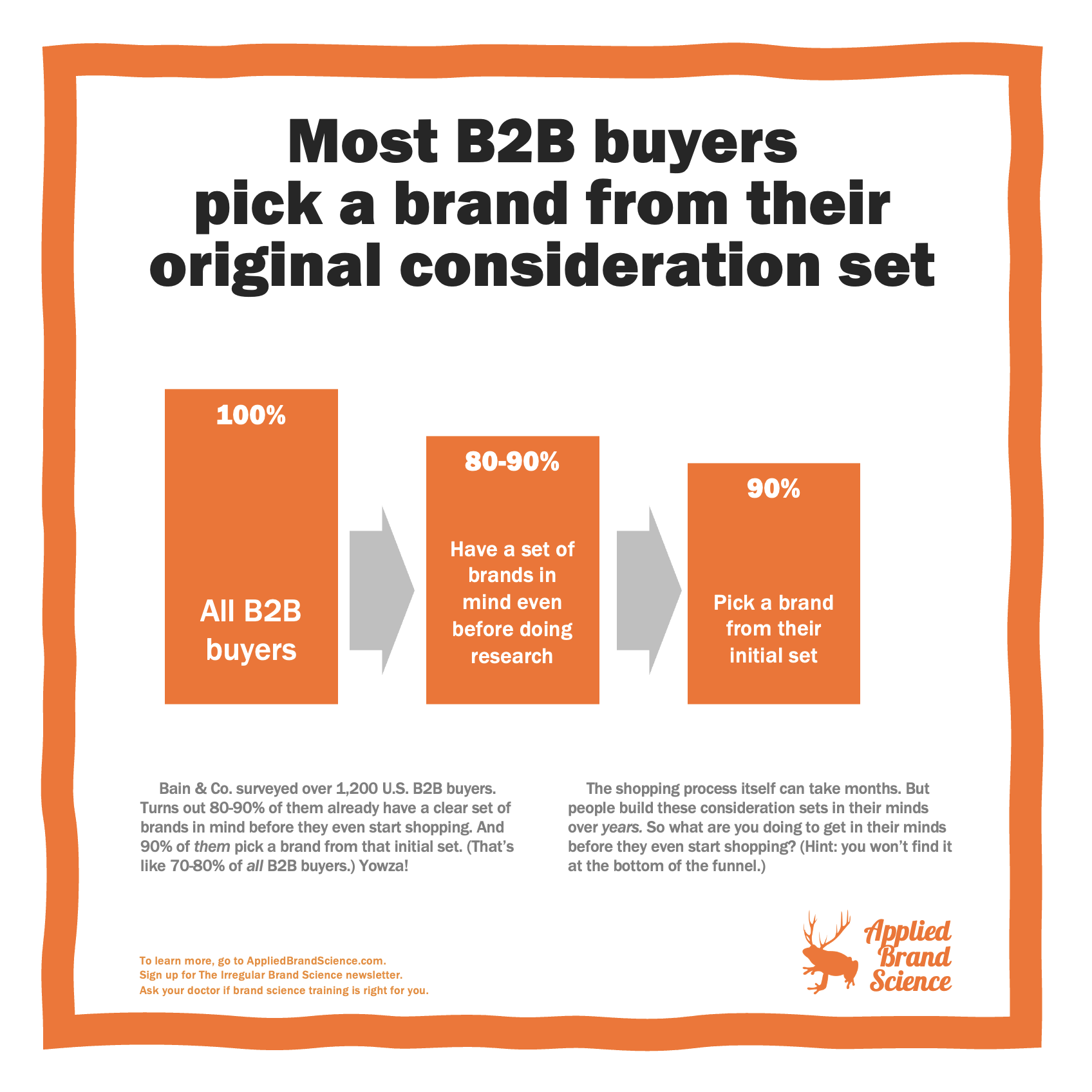
How Much Do B2B Buyers Really Shop Around?
To find out, Bain & Company surveyed over 1,200 people at US companies who help procure hardware, software, logistics, equipment, cloud services, marketing, etc.
Turns out, 80-90% of them already have a clear set of brands in mind before they even start shopping.
And 90% of them pick a brand from that initial consideration set. (That’s like 70-80% of all B2B buyers.) Yowza!
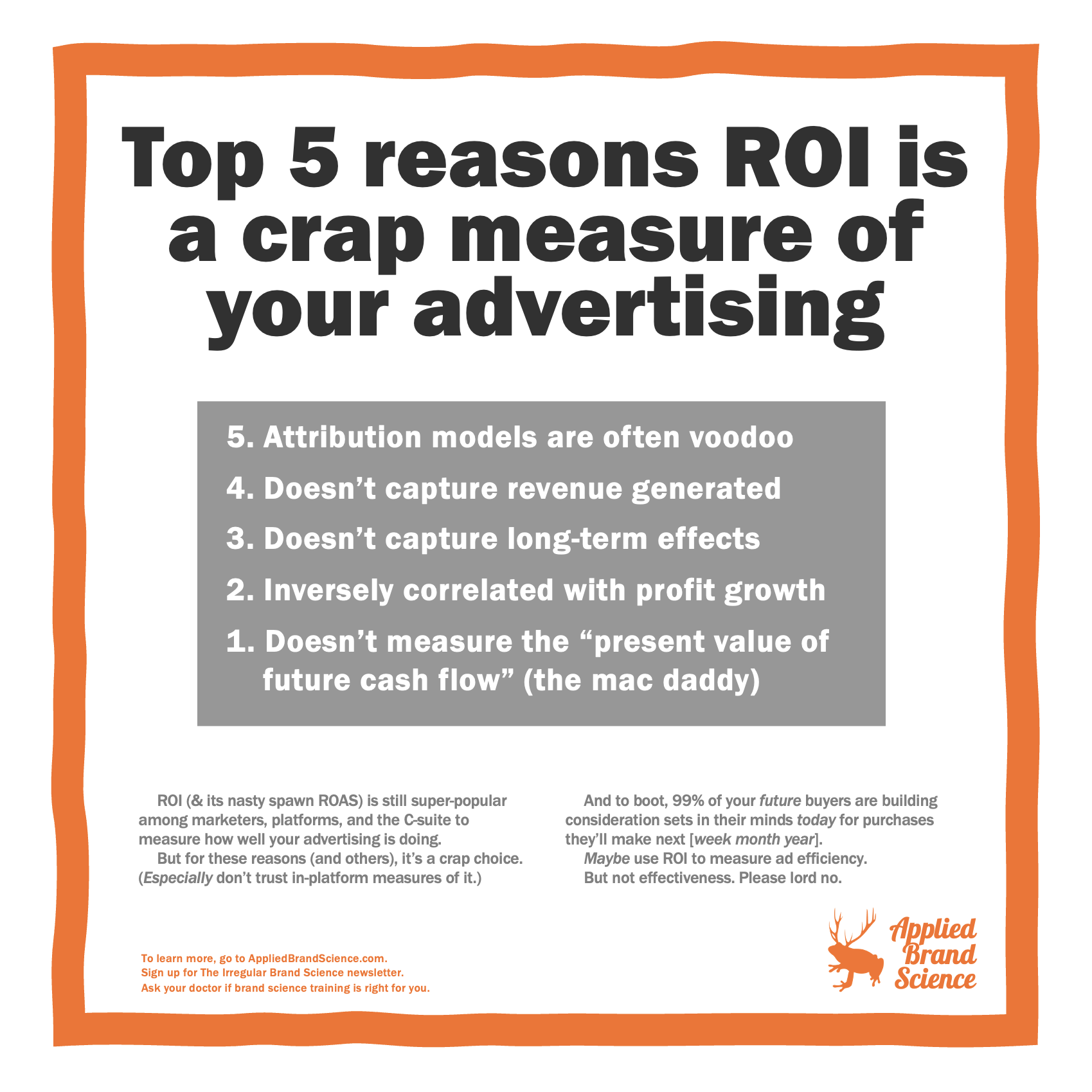
Should you use ROI to measure your advertising?
(Especially don’t trust in-platform measures of ROI. They’re incomplete, speculative, and, well, designed to make the platform look good.)
To boot, 99% of your future buyers are building consideration sets in their minds today for purchases they’ll make next [week month year].
So maybe use ROI to measure ad efficiency.
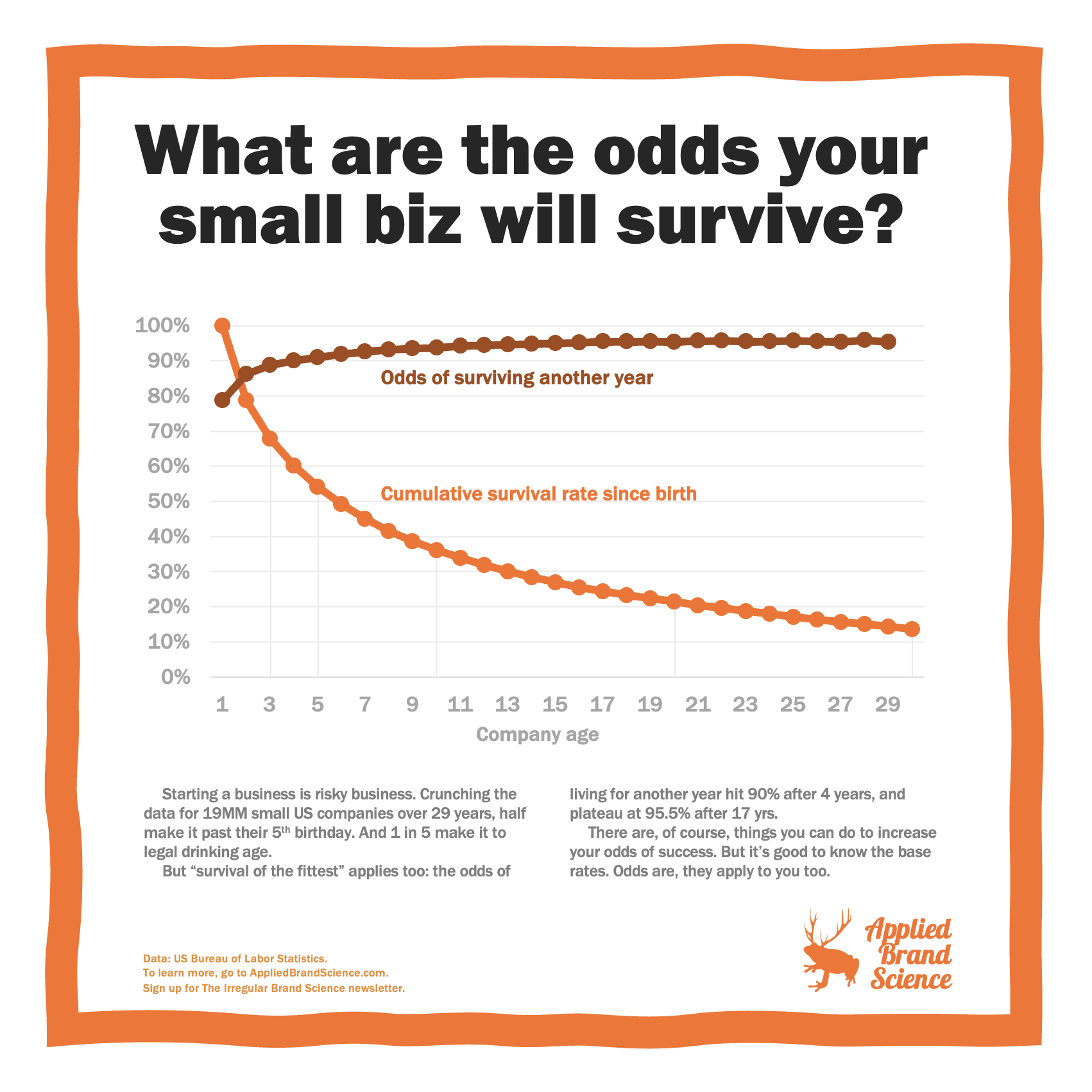
What are the odds your small business will survive?
The US Bureau of Labor Statistics has data for 19MM small companies born over the past 30 years.
About half make it past their 5th birthday. And 1 in 5 make it to legal drinking age (21).
But “survival of the fittest” applies too: the odds of living for another year hit 90% after 4 years, and plateau at around 95.5% after 17 yrs.

